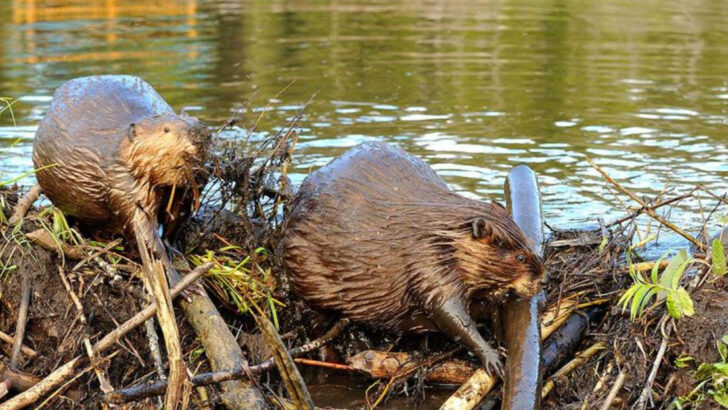Beavers don’t just build dams—they build entire worlds. These tireless engineers transform streams into thriving wetlands, creating habitats that benefit countless other species. And they do it all with nothing but their teeth, determination, and an endless supply of sticks.
Their work ethic is legendary. A single beaver can cut down hundreds of trees a year, shaping the environment like a four-legged construction crew. They don’t take shortcuts, they don’t clock out, and they certainly don’t do anything halfway.
But there’s more to these industrious creatures than just their construction skills. They have waterproof fur, incredible underwater endurance, and teeth that never stop growing. They’re nature’s original problem-solvers, always finding a way to adapt and thrive.
Ready to dive into the secret world of beavers? From their incredible teamwork to their surprising family dynamics, these fascinating facts will change the way you see these bucktoothed builders forever.
Beaver Dam Building
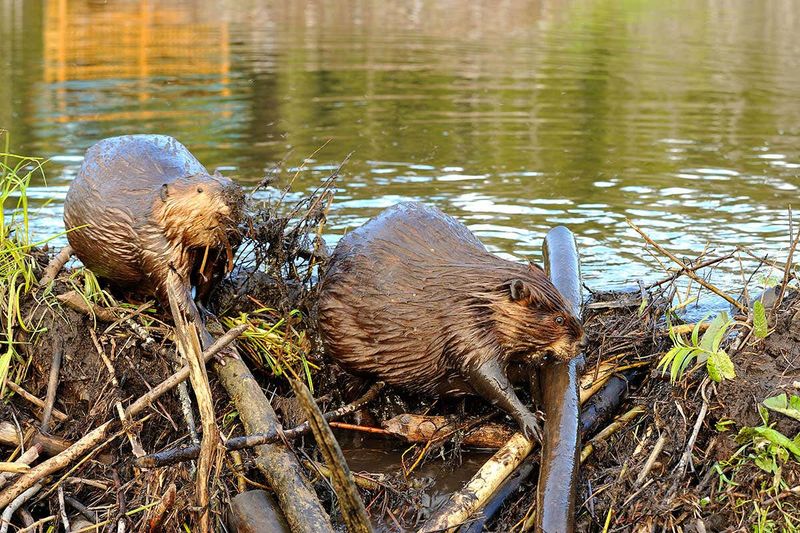
Beavers are renowned for their ability to construct elaborate dams using logs, branches, and mud. These structures create ponds that provide a safe haven from predators, store water for dry periods, and influence local ecosystems. Each dam is a testament to the beaver’s hard work and architectural skill. The ponds formed by these dams are crucial for many species, offering habitats and maintaining biodiversity. Beavers’ dam-building activities also help in preventing soil erosion and filtering pollutants. Their industrious nature and environmental impact highlight the important role beavers play in ecological balance.
Beaver Lodges
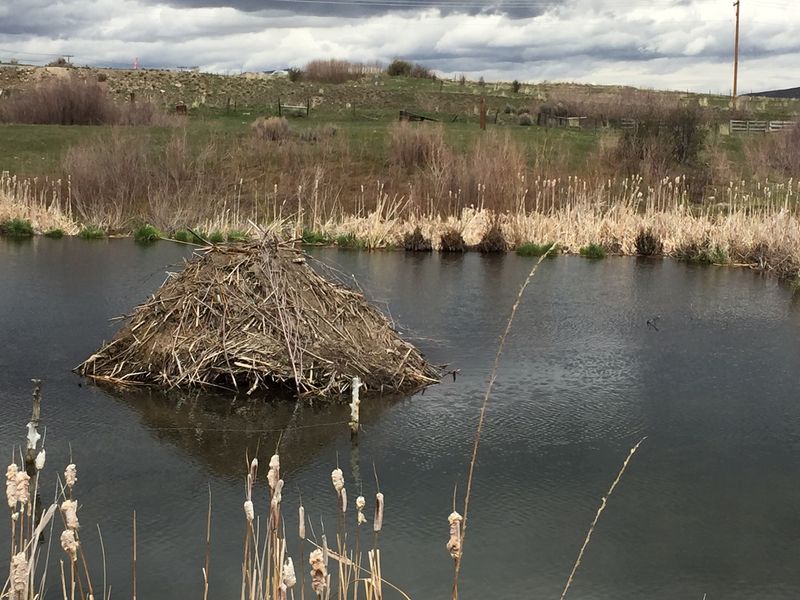
Beavers are skilled architects, constructing lodges that serve as their homes. These lodges are built from sticks, mud, and vegetation, providing a safe and insulated shelter. Lodges typically have underwater entrances, protecting beavers from predators. Inside, they are surprisingly spacious, with multiple chambers for sleeping and storage. The lodges regulate temperature, offering warmth in winter and coolness in summer. Beavers’ lodges are often located near their food sources, ensuring easy access. These structures are a marvel of wildlife engineering, showcasing the beaver’s ability to adapt and thrive in diverse environments.
Beavers’ Tail
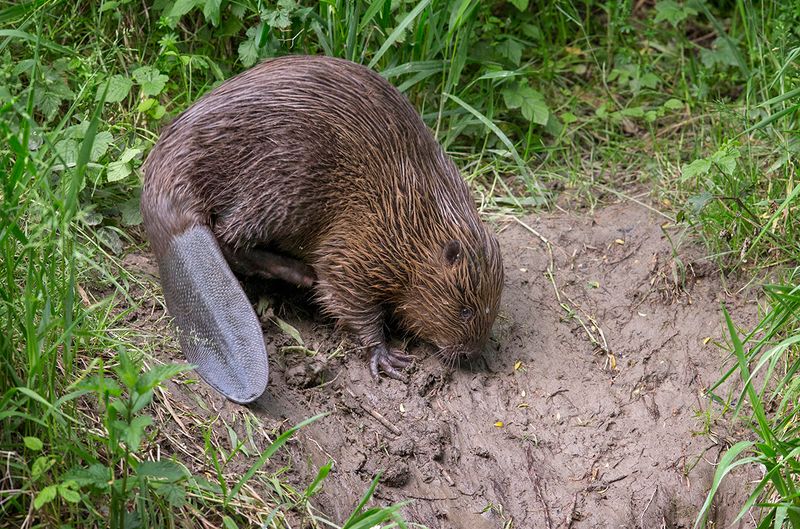
The beaver’s tail is a distinctive and multifunctional feature, playing a vital role in their daily life. It serves as a rudder for swimming, helping beavers navigate through water with agility. On land, the tail provides balance when carrying materials for building. It’s also an effective communication tool; beavers slap their tails on water as a warning signal. The tail stores fat, aiding in energy reserves during harsh winters. Additionally, it helps regulate body temperature, thanks to its thin skin and rich blood supply. This unique appendage is essential for the beaver’s survival and success.
Beavers’ Teeth

Beavers possess remarkable teeth, perfectly adapted for their lifestyle. Their incisors are continuously growing and must be worn down by gnawing on wood. This gnawing aids in tree felling, dam construction, and lodge building. The teeth are coated with iron, giving them an orange hue and enhancing their strength. Beavers’ dental structure allows them to efficiently process wood, a primary component of their diet. Remarkably, their teeth self-sharpen as they chew. This dental prowess ensures beavers maintain their habitats and build structures. Their teeth exemplify evolutionary adaptation, enabling them to thrive in their environment.
Beavers’ Diet
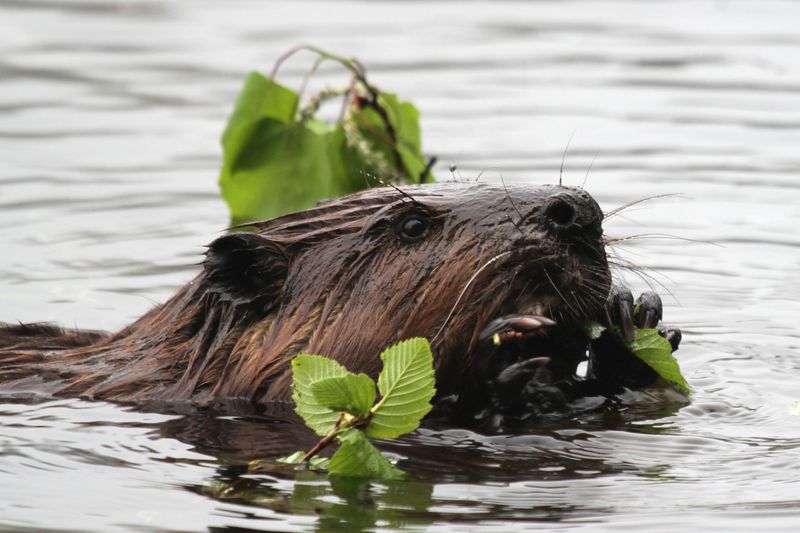
Beavers are herbivorous, with a diet mainly comprising tree bark, leaves, roots, and aquatic plants. They prefer softwoods like aspen, willow, and birch. This plant-based diet supports their energy-intensive lifestyle, especially during dam and lodge building. Beavers’ digestion is aided by specialized microbes that break down cellulose, enabling nutrient absorption. Seasonal changes in diet ensure they have sufficient nutrients year-round. During winter, beavers rely on food caches stored underwater. Their dietary choices influence the surrounding flora, promoting growth and diversity. Beavers’ eating habits play a critical role in shaping local ecosystems and maintaining ecological balance.
Beaver Social Structure
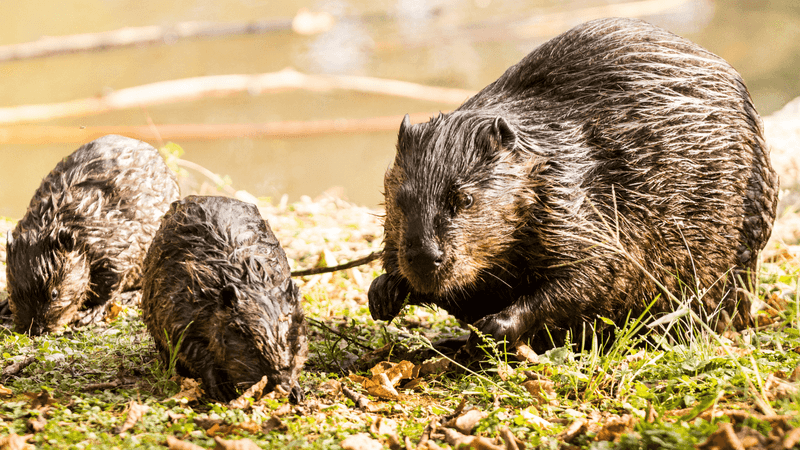
Beavers live in family units called colonies, typically consisting of parents and their offspring. These colonies exhibit strong social bonds, cooperating in building and maintaining their habitats. Family members share responsibilities, such as gathering food, repairing lodges, and expanding dams. Social interactions are crucial for educating young beavers, teaching them essential survival skills. Communication among beavers includes vocalizations, scent marking, and tail slapping. The cohesive family structure enhances their ability to adapt and thrive. This social lifestyle ensures the continuity and success of beaver generations, highlighting the importance of teamwork and cooperation in the wild.
Beavers’ Ecosystem Impact
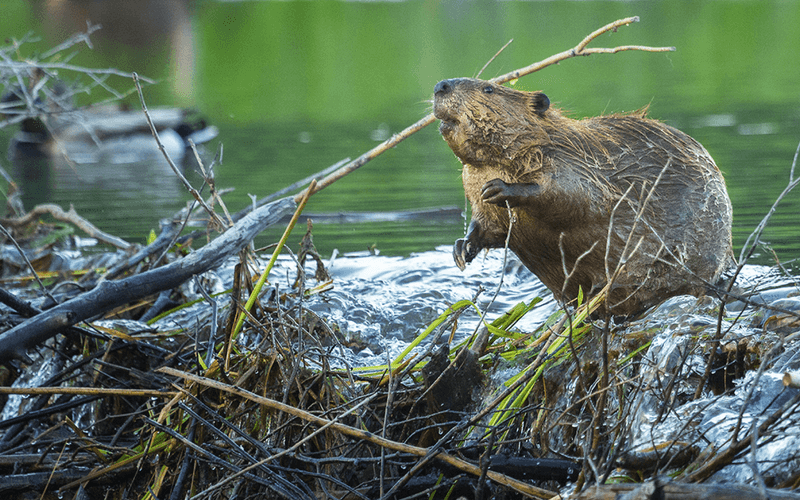
Beavers are often labeled as “ecosystem engineers” due to their profound impact on the environment. Their activities create wetlands, enhancing biodiversity by providing habitats for numerous species. These wetlands offer breeding grounds for birds, amphibians, and insects. Beavers’ structures also improve water quality by filtering sediments and pollutants. Their role in maintaining ecological balance is vital, mitigating flood risks and preventing droughts. By altering landscapes, beavers promote vegetation diversity and carbon storage. Their environmental contributions underscore the interconnectedness of species and the importance of beavers in fostering healthy ecosystems. Their presence is a boon to nature.
Beavers’ Communication
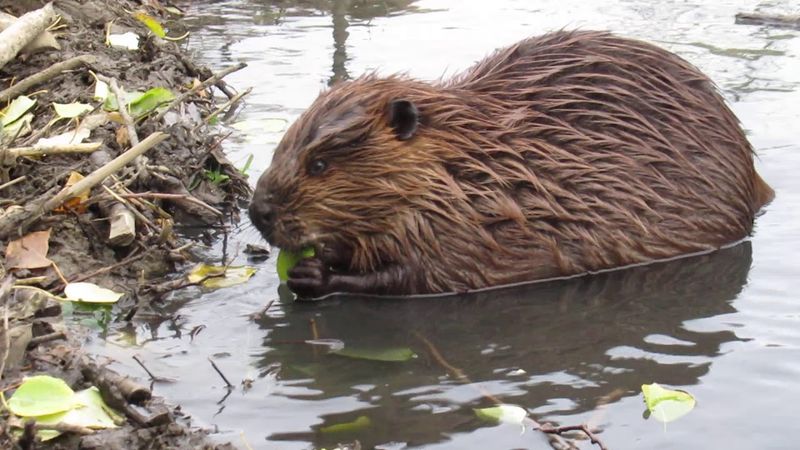
Communication is vital in the busy life of beavers. They utilize various methods to convey messages, including vocalizations, scent marking, and tail slapping. Tail slapping on water serves as an alarm signal, warning family members of potential threats. Scent marking defines territory and conveys social information to other beavers. Vocalizations are used for bonding and coordination within the colony. These communication methods are essential for maintaining social structure and ensuring safety. Beavers’ ability to effectively communicate enhances their adaptability and survival in the wild. Their sophisticated signaling demonstrates the complexity of animal behavior and interactions.
Beavers’ Reproduction
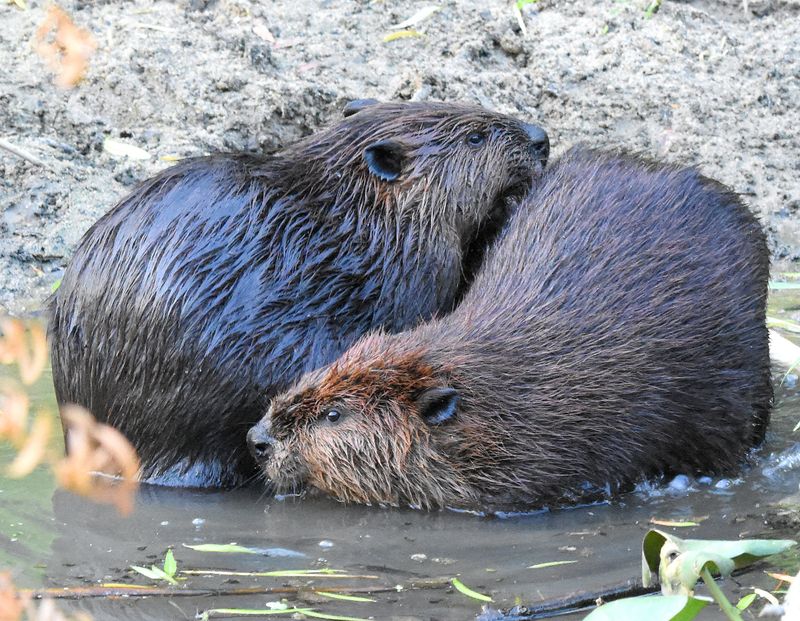
Beavers have a structured reproductive cycle, typically mating in winter. After a gestation period of about 100 days, a litter of kits is born in spring. These young beavers are born with a full coat and open eyes, ready to explore their world. The nurturing care provided by both parents ensures high survival rates. Kits remain with their family for about two years, learning essential skills before establishing their own territories. This extended parental care fosters strong family bonds and ensures the transmission of knowledge. Beavers’ reproductive strategies contribute to their success and resilience in diverse environments.
Beavers and Climate Change
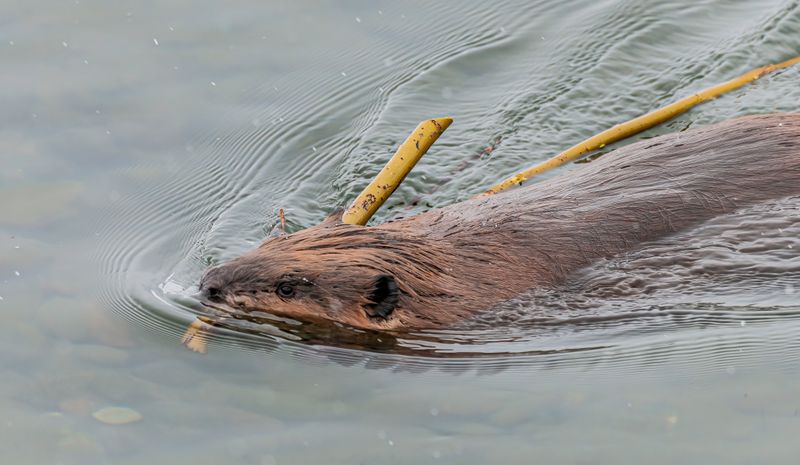
Beavers play a significant role in mitigating climate change impacts. Their dam-building activities create wetlands that store carbon and enhance water retention. This helps mitigate the effects of droughts and floods, contributing to climate resilience. Beavers’ ability to modify landscapes supports biodiversity, promoting ecosystems that can adapt to changing conditions. Their presence can counteract habitat loss caused by climate change. Conservation efforts often include beaver reintroduction to restore ecological balance. By fostering environments that sequester carbon and provide refuge for wildlife, beavers are invaluable allies in the fight against climate change, demonstrating nature’s adaptability and resilience.
Beaver Conservation Efforts
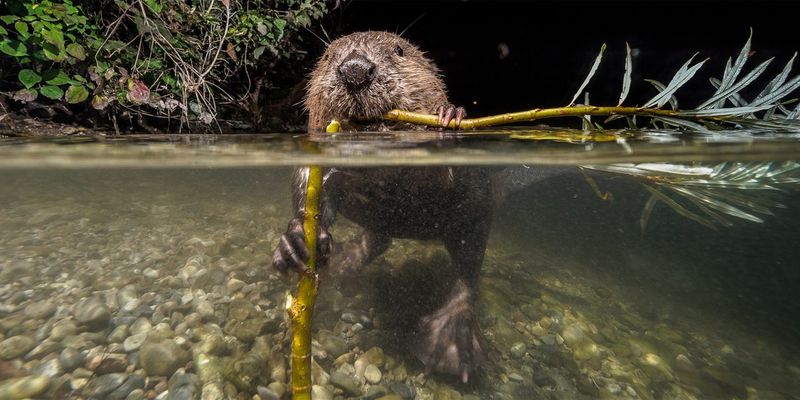
Conservation efforts for beavers focus on protecting and restoring their habitats. These initiatives aim to reintroduce beavers to areas where they have been extirpated, enhancing biodiversity and ecological health. Conservationists work to mitigate conflicts between beavers and human activities, promoting coexistence through education and innovative solutions. These efforts recognize beavers’ roles in maintaining healthy ecosystems and combating climate change. By supporting beaver populations, we preserve the ecological benefits they bring. Public awareness campaigns highlight the importance of beavers, fostering appreciation and understanding. Protecting these industrious mammals ensures the continuation of their environmental contributions for future generations.
Beavers in Popular Culture
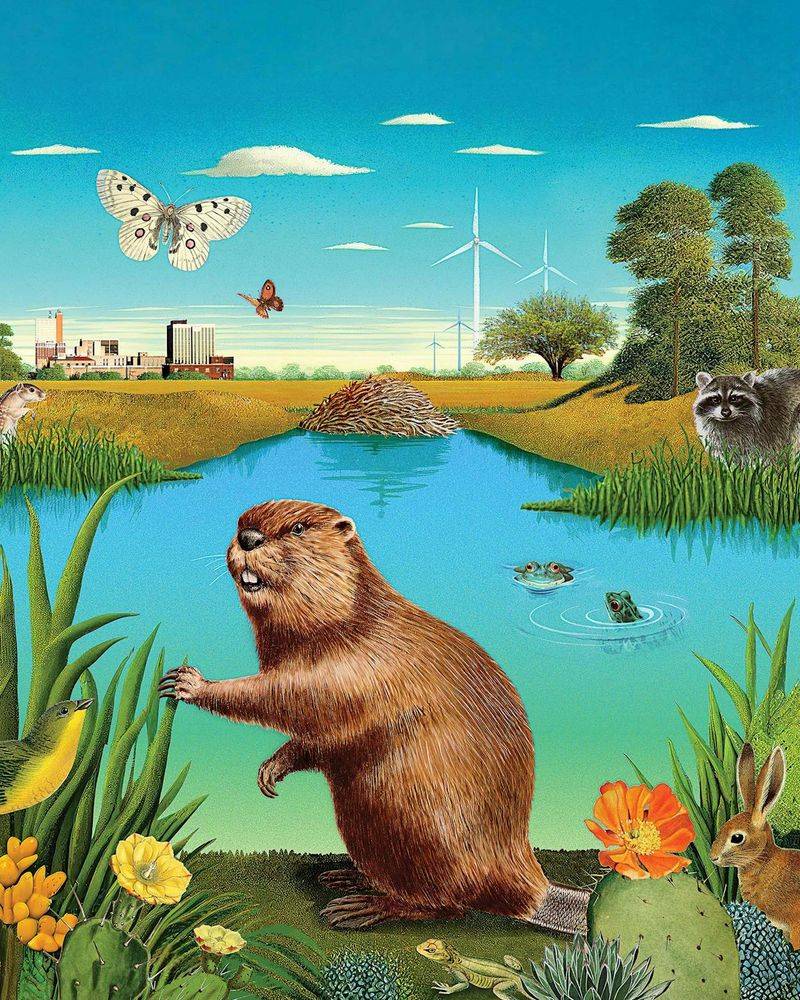
Beavers have made their way into popular culture, often depicted as industrious and clever animals. From children’s cartoons to literature, they symbolize hard work and resourcefulness. These portrayals highlight the beaver’s positive attributes, fostering appreciation among audiences. In some cultures, beavers are seen as symbols of perseverance and industriousness. Their presence in folklore and stories underscores their role as environmental stewards. By appearing in media and art, beavers capture the imagination and inspire environmental awareness. These cultural representations celebrate the beaver’s unique traits, encouraging a deeper connection to nature and the importance of conservation.
Beavers’ Natural Predators
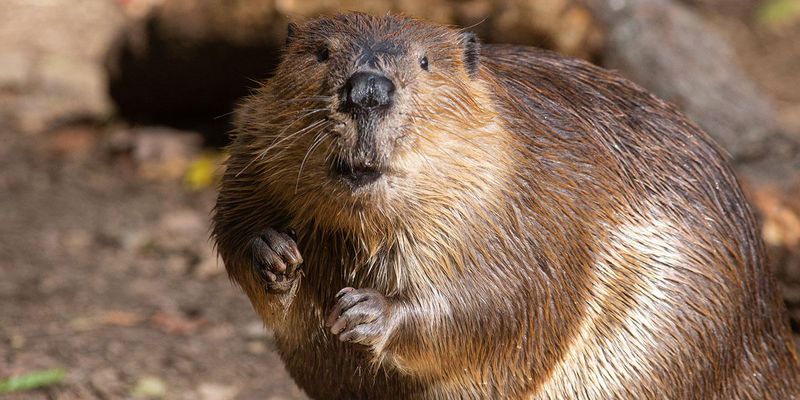
Beavers face threats from various natural predators, including wolves, bears, and coyotes. These predators are part of the ecosystem, maintaining the balance of wildlife populations. Beavers’ adaptations, such as underwater lodges and alert communication, provide defense against these threats. By staying vigilant and using their environment effectively, beavers minimize predation risks. Their ability to alter habitats can deter some predators, showcasing their resilience and survival instincts. Understanding predator-prey dynamics is crucial for conservation and managing wildlife interactions. Beavers’ interactions with predators highlight the complexity of ecosystems and the importance of each species’ role in nature.
Beavers’ Historical Significance
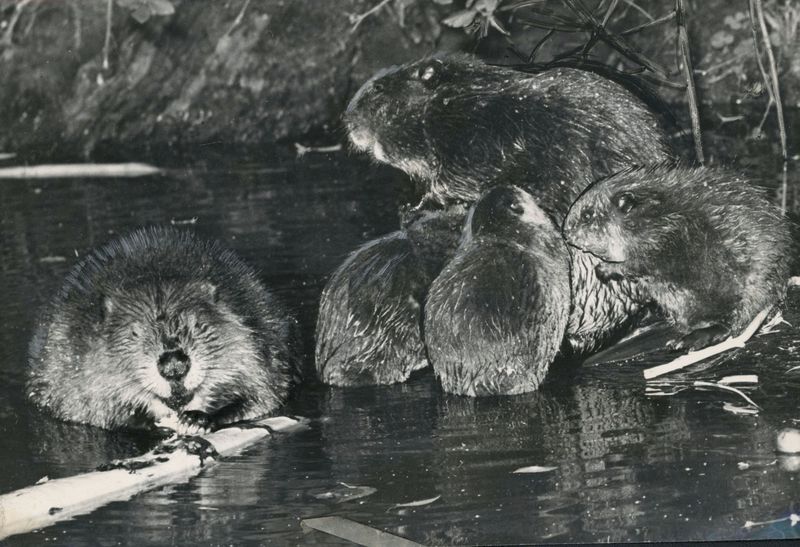
Beavers have played a pivotal role in history, particularly during the fur trade era. Their pelts were highly valued, leading to extensive trapping and population declines. This exploitation had significant ecological consequences and sparked early conservation efforts. The fur trade shaped economic and cultural landscapes, influencing exploration and settlement patterns. Today, beavers symbolize resilience and recovery, as conservation efforts have successfully restored populations in many areas. Their historical significance underscores the need to learn from past interactions with wildlife. By understanding their history, we can better appreciate beavers’ ecological roles and the importance of sustainable practices.

